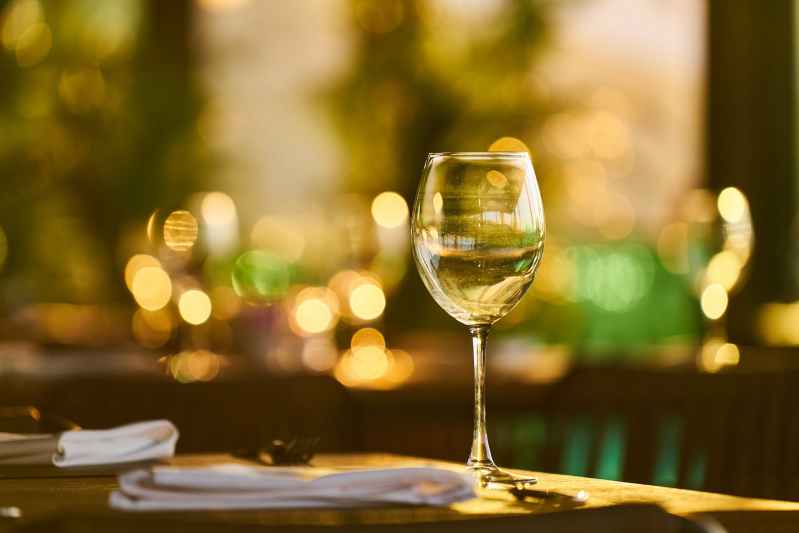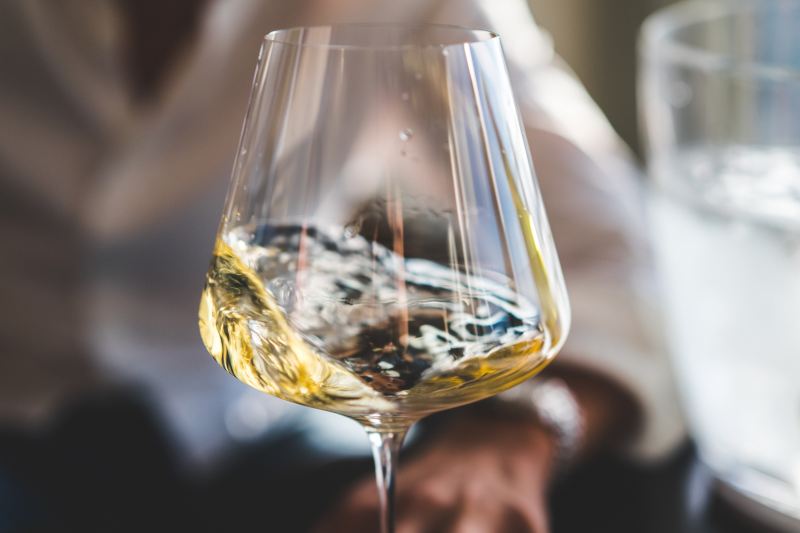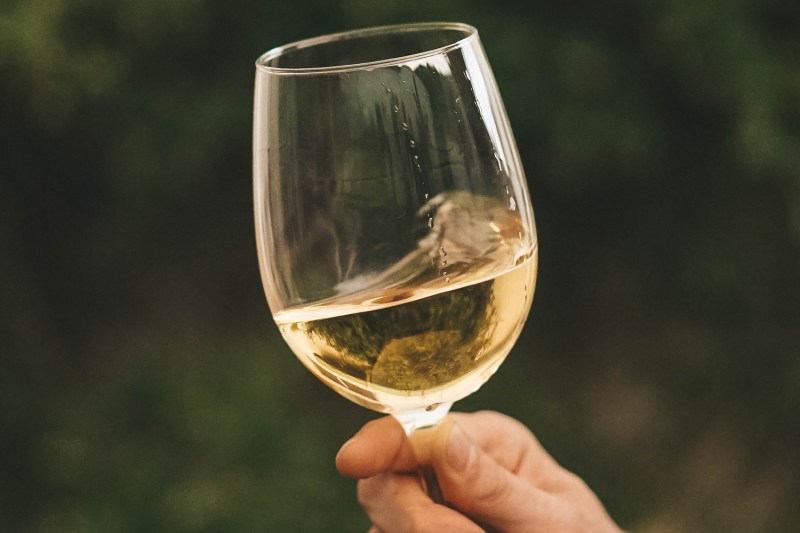
Whichever name you prefer, this delicious varietal is one of the most uniquely delicious white wines in the world and one that has captured the attention of many in recent years.
Primary flavors of Sauvignon Blanc
Sauvignon Blanc is known for its green, citrus-forward flavors, including green apple, grapefruit, passion fruit, gooseberry, and freshly cut grass. Notes of green bell pepper are also very common, especially in French varieties.
Taste profile of Sauvignon Blanc
Sauvignon blanc is generally a medium-bodied, highly acidic dry wine with a moderately high ABV of 12.5 – 14%. Its citrus-forward acidity can make the varietal have a bit of a pucker, but winemakers often produce Sauvignon Blanc with a bit of residual sugar, giving it a rounder, richer taste that isn’t quite as tart.
Where does Sauvignon Blanc grow?
Sauvignon Blanc needs a cool to moderate climate to thrive and develop its distinct herbaceous flavor and aroma. If the weather is too hot, sauvignon blanc grapes will ripen too quickly, and this unique flavor characteristic will be lost.
Because of this, Sauvignon Blanc is pretty universally associated with New Zealand, and for good reason. Both New Zealand’s North and South Islands have an immense number of exquisite sauvignon blanc options that are famous all over the globe. However, there are plenty of incredible options elsewhere in the world, such as France, Australia, South Africa, California, Chile, and Argentina.
How to serve Sauvignon Blanc
Sauvignon Blanc should be served chilled at around 50 degrees Fahrenheit. If served cooler than that, the grassy green notes that make sauvignon so delicious might be difficult to detect. It is much warmer, and the notes will become muddled.
As sauvignon blanc is a white wine, it doesn’t need to be decanted as long as a red varietal, but it should still be decanted for about 30 minutes prior to serving.
Which foods pair best with Sauvignon Blanc?
Sauvignon Blanc’s green herbaceousness makes it a perfect wine for an enormous variety of dishes. Spring vegetables pair beautifully with this crisp wine, as well as grilled seafood dishes like salmon, shrimp, and scallops. Herb-forward sauces like chimichurri and homemade pesto bring out the spicy green flavors of Sauvignon Blanc wine in the most delicious way. This varietal’s high acidity helps cut through fatty and richer dishes, making it perfect for creamy pasta as well.
Frequently asked questions
We’ve researched some of the most commonly asked questions about Sauvignon Blanc, so you don’t have to.
Is Sauvignon Blanc dry or sweet?
Sauvignon Blanc is a dry wine due to its low residual sugar content. Being as fruit-forward as it is, though, some consider it to be sweet in flavor as it can taste fruity or floral.
Is Sauvignon Blanc sweeter or chardonnay?
Both sauvignon blanc and chardonnay are traditionally considered dry varietals. However, there are many factors to consider when comparing the sweetness of the two. Chardonnay is a fuller-bodied varietal with richer, rounder flavors that can have fruity, even jammy notes that will cause it to taste sweet. Sauvignon blanc, on the other hand, is crisp and acidic with a greener fruit bite. Because of this, while neither varietal is classified as sweet, both can taste fruity – and therefore somewhat sweet – in their own unique ways.
Which is better, Pinot Grigio or Sauvignon Blanc?
As is the case when comparing any two wines, one is never necessarily better than the other based on varietal alone. It all comes down to preference, mood, menu, and a thousand other factors.
When comparing the best Sauvignon Blanc to the best Pinot Grigio, both should be deliciously light and refreshing whites that are crisp and easily sippable. Sauvignon Blanc, though, tends to be slightly drier and more acidic than Pinot Grigio, with more zest. Pinot Grigio has softer and rounder notes, often accentuated with a floral finish.









